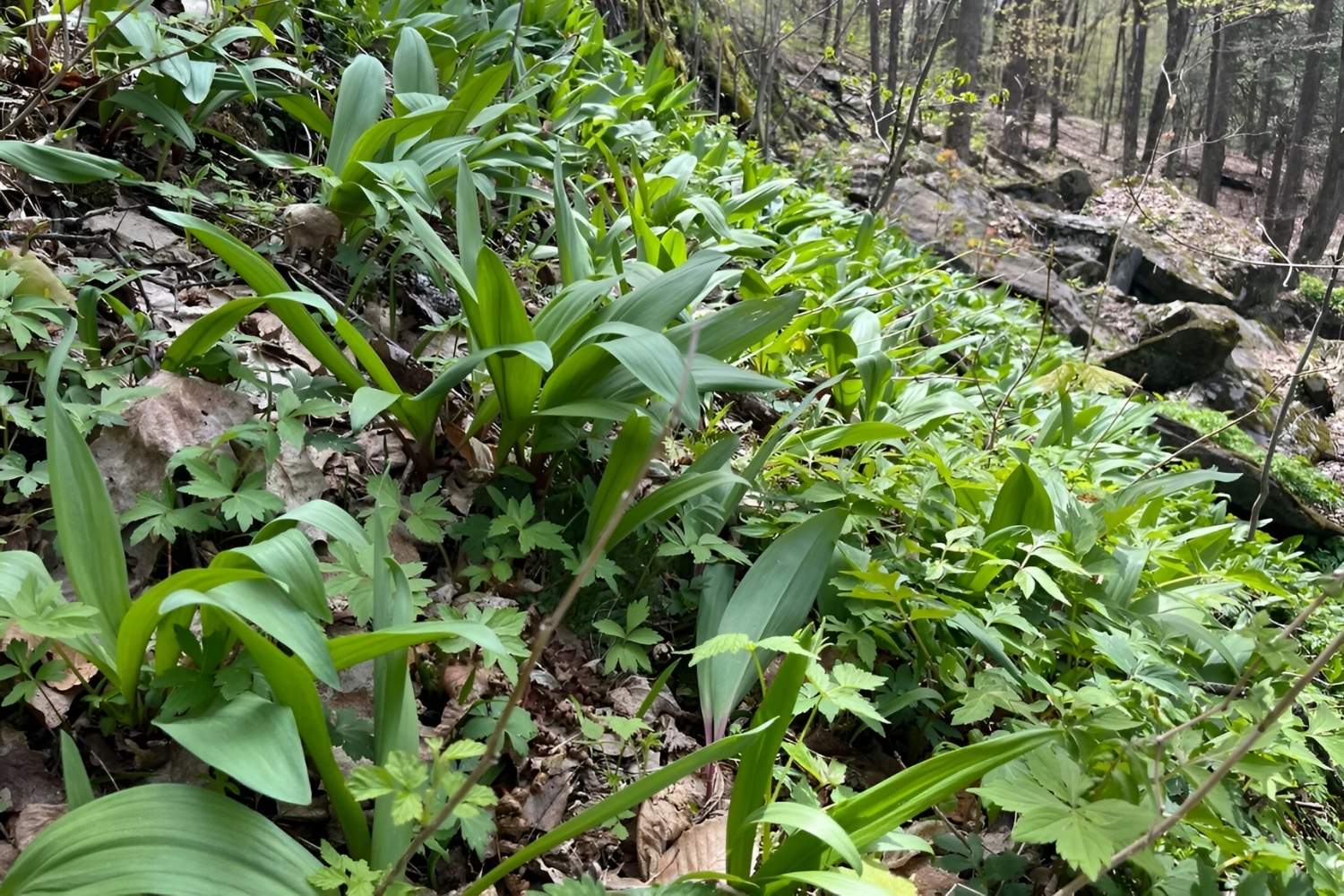Hidden Wild Leek Patches In Vermont’s Green Mountains

Have you ever wanted to find wild leek patches in Vermont's Green Mountains? These tasty plants, also known as ramps, grow in the rich, moist soil of the forest floor. They have a strong, garlicky flavor that makes them a favorite among chefs and foragers alike. The best time to look for them is in early spring when their broad, green leaves start to poke through the ground. Knowing where to search and what to look for can make your foraging trip a success. Let's dive into the best spots and tips for finding these hidden treasures in Vermont's beautiful Green Mountains.
Discovering Wild Leeks in Vermont's Green Mountains
Vermont's Green Mountains are a treasure trove of natural wonders. Among these, wild leeks, also known as ramps, are a hidden gem. These flavorful plants are a springtime favorite for foragers. Let's explore some of the best spots to find these elusive wild leeks.
Best Spots for Wild Leeks in the Green Mountains
Finding wild leeks requires a bit of knowledge and a lot of patience. Here are some of the top locations where you might strike gold.
- Camel's Hump State Park
Camel's Hump is not just for hikers. The park's rich, moist soil is perfect for wild leeks. Look for them in shaded areas, especially near streams.
- Mount Mansfield State Forest
Mount Mansfield, Vermont's highest peak, offers more than just stunning views. The forested areas around the mountain are prime spots for wild leeks. Check the lower elevations where the soil stays damp.
- Smugglers' Notch State Park
Smugglers' Notch is famous for its dramatic cliffs and narrow pass. It's also a great place to find wild leeks. Search the forest floor in early spring when the leaves are just starting to unfurl.
- Green Mountain National Forest
This vast forest covers a large part of Vermont. With its diverse habitats, it's a haven for wild leeks. Focus on areas with rich, loamy soil and plenty of shade.
- Hunger Mountain
Hunger Mountain offers more than just a challenging hike. The lower slopes, especially near water sources, are ideal for wild leeks. Keep an eye out for their broad, green leaves.
Tips for Foraging Wild Leeks
Foraging for wild leeks is an adventure. Here are some tips to make your search successful.
- Timing is Key: Wild leeks are best found in early spring, usually from late April to early May.
- Look for the Leaves: Wild leeks have broad, smooth leaves that are easy to spot once you know what to look for.
- Respect Nature: Only take what you need and leave plenty behind to ensure the plants can reproduce.
Why Wild Leeks are Special
Wild leeks are not just any plant. They have a unique flavor that combines the taste of garlic and onions. This makes them a prized ingredient in many dishes. Plus, they are packed with vitamins and minerals, making them a healthy addition to your diet.
Cooking with Wild Leeks
Once you've found your wild leeks, it's time to enjoy them. Here are some simple ways to use them in your cooking.
- Sautéed Leeks: A quick sauté with butter and a pinch of salt brings out their natural sweetness.
- Leek Pesto: Blend wild leeks with nuts, cheese, and olive oil for a fresh twist on traditional pesto.
- Leek Soup: Add wild leeks to your favorite soup recipe for an extra layer of flavor.
Respecting the Environment
Foraging is fun, but it's important to do it responsibly. Always follow local guidelines and never over-harvest. By respecting the environment, you ensure that wild leeks will be around for future generations to enjoy.
Discovering Vermont's Hidden Wild Leek Patches
Exploring Vermont's Green Mountains for hidden wild leek patches offers a unique adventure. These elusive plants, also known as ramps, thrive in the rich, moist soil of the forest floor. Finding them requires patience, a keen eye, and a bit of luck. The reward is worth it, though. Wild leeks add a distinct flavor to dishes and are a prized find for foragers.
Respect the environment while foraging. Take only what you need, leaving plenty for future growth. This ensures that wild leek patches continue to thrive for years to come. Whether you're a seasoned forager or a curious beginner, the Green Mountains provide a perfect backdrop for this exciting hunt.
So, grab your gear, head into the woods, and enjoy the thrill of discovering Vermont's hidden wild leek patches. Happy foraging!

